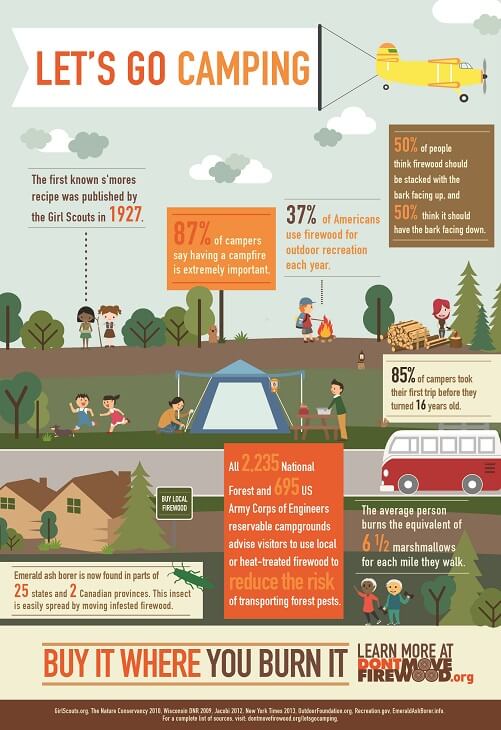Finding Multiple Buyers For Your Camping Tents Online
Finding Multiple Buyers For Your Camping Tents Online
Blog Article
Exactly how to Establish a Camping tent
A tent isn't as tough to establish as it could appear. With practice, it can be carried out in regarding 10 minutes or much less.
Are inflatable tents worth it?
Initially, spread out the groundsheet or tarp. Next off, set up the tent posts (most are folded up and held together by shock cord.) Each end matches a slot on the camping tent or through plastic clips that snap on the ends.
Location
Selecting the right place for your outdoor tents is vital to a comfortable camping experience. It is very important to pitch your outdoor tents in a location that is devoid of rocks, branches and various other trip hazards. Additionally, you must select a location that is faraway from cooking and washroom locations to stay clear of the smoke of campfires and other camping area activities from wandering into your camping tent.
Furthermore, you must search for a level spot that is at the very least as big as your camping tent. It's likewise a great concept to put down a ground cloth to secure your outdoor tents from stumbling and other issues.
If you do not have stakes, trim some branches to make them long enough to anchor your camping tent. Conversely, you can utilize damaged tree branches. These are usually tougher than the sticks that feature your tent. Ideally, it's ideal to practice setting up your camping tent in your home prior to your journey to guarantee you recognize exactly how to do it properly.
Poles
Typically, tents have either one pole for each and every end that form a triangular or numerous little, straight camping tent poles. Some tents additionally have a rainfly that gives added security from wind and rain. Check the outdoor tents's guidelines for information on how to set up the posts and the rainfly.
Discover a camping fan flat place that is huge enough for your outdoor tents, without sharp rocks and branches and low places where water might gather. Put down the footprint or ground cloth and set up the tent body, matching each edge of the camping tent to the corner of the impact.
After that fit the camping tent poles into their sleeve or clip at their connection factors in the outdoor tents textile and increase the camping tent. Restrain the camping tent with ropes or stakes, depending upon your campground surface. Consider making use of shock cord such as dyneema core instead of regular cable at risk points as it has less stretch and holds the outdoor tents a lot more solidly.
Rainfly
Prior to you leave, if it's not raining, sanctuary your backpack and any exterior things pocket from the weather condition to maintain your gear completely dry. Similarly, if the camping tent is wet and you're packing up in the rain, guard it as much as feasible (under your pack or a tree).
Prior to you begin doing away with your tent, take a moment to put down a ground cloth or footprint (optional). This will aid keep dust and debris from getting in the tent where you'll rest. It will additionally offer added insulation from the cold.
Person Lines
Now that you have actually checked out and followed the instructions, popped in your outdoor tents poles and got your rainfly in position (and it resembles a tent), it's time for the guy lines. Like a ship requires supports, your camping tent needs these extra support lines to ensure architectural stability despite wind and other climate elements.
The majority of camping tents have little loopholes, called man loopholes or individual line loops (some rainflys additionally have grommets), that you can use to connect the individual line to. If not, you can also utilize a larks foot or hangman's noose knot to connect the totally free end of the line to a risk or other support. Make certain your anchor is pushed in at a 45-degree angle, to raise the resistance to forces pulling on the individual line. The tension on the lines need to be tight sufficient to keep camping tent form and security, but not so limited that it puts tension on the outdoor tents fabric or joints.
